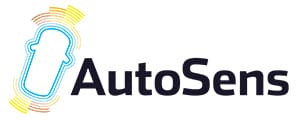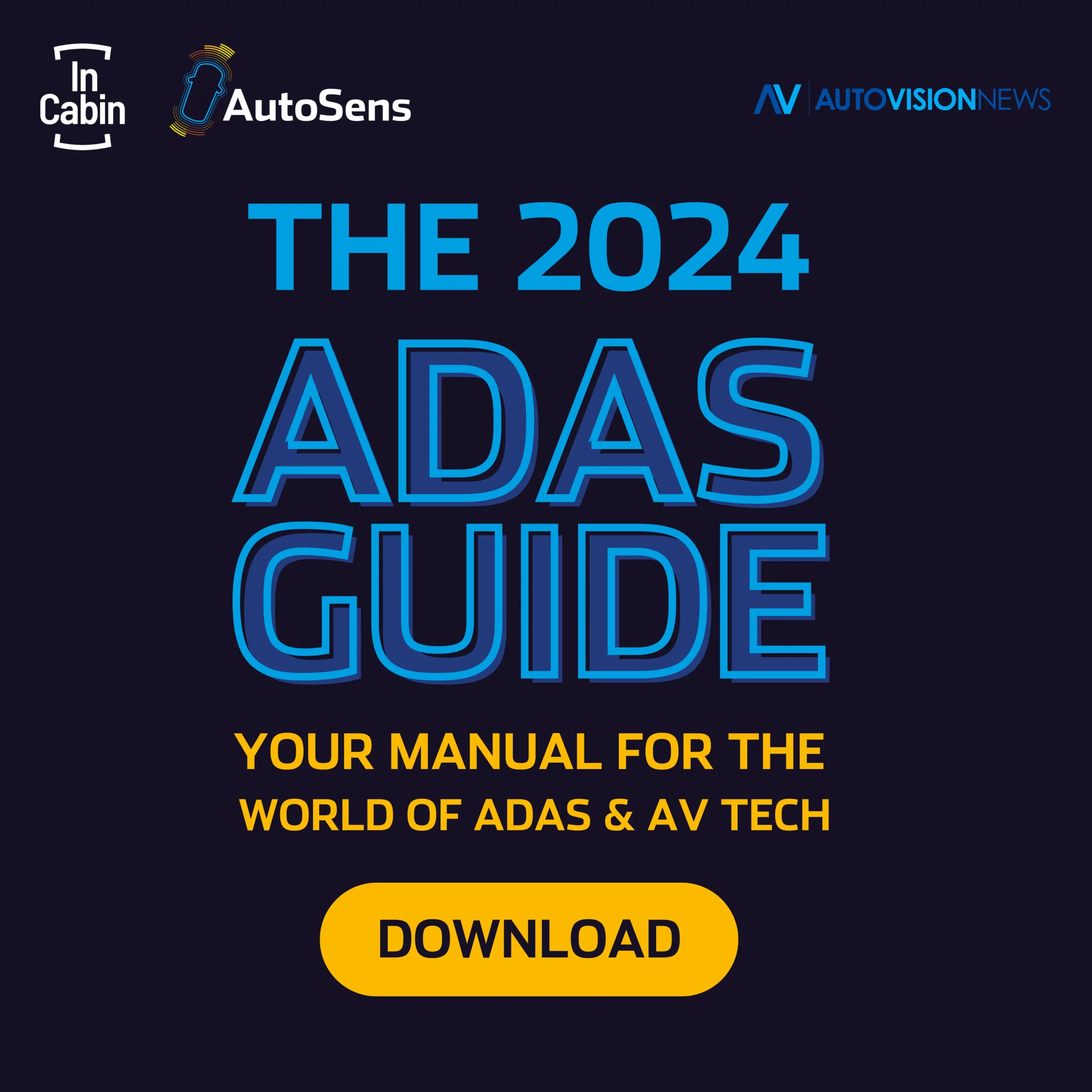We caught up with Steven Latré, Fellow AI at imec ahead of AutoSens Detroit this 9-11 May to find out more about his presentation. Read on to see what he had to say…
You are speaking about Semiconductors driving the transformation of mobility – what do you mean by this?
The automotive sector is currently undergoing a major transition and semiconductors are playing a crucial role in this. This change is mainly being driven by a number of disruptive forces: autonomous driving, connected vehicles but also electrification and shared mobility are changing the way we use the car, the way the car looks from the outside but definitely also how the internal car is organized. There’s therefore a rapid growth of importance of both software and semiconductors. Some studies predict that by 2030 20% of the total bill of materials of a premium car will be attributed to semiconductors. Fueled by these disrupters, the car is more and more being rethought as a software-defined vehicle. As such, the car of the future is more and more evolving towards a High Performance Computer on wheels. Traditionally, we’ve been mainly tackling this with general purpose chipsets. However, to accommodate for these disruptive forces, there’s a need to build much more special purpose chipsets.
Why do you see it as important that the complete automotive ecosystem joins together to help shape the semiconductor roadmap?
Next to addressing the above mentioned disruptions, cost is going to be the main driving factor. Only if we can keep the cost under a certain level, the industry as a whole will be able to provide a decent business model for next level ADAS up to high SAE levels. We’ll only be able to do this if we can provide solutions at scale. This will require collaboration and standardization. Software and semiconductors will strongly steer the future E/E architecture but what that architecture will exactly be is still a big unknown in the industry. It’s clear that – with increasing autonomy levels – the computer performance in tops will strongly increase, as will the total dev cost. But what will be the E/E architecture of the future? Do we centralize all intelligence or is there a need for smarter sensors? How can we make the system ASIL-D safe? What is the perfect suite of sensor modalities? We see different approaches right now with different cost levels and it’s hard to tell what the end E/E architecture will be. We’ll need to strongly collaborate across the ecosystem to answer these questions.
Overall, the semiconductor industry will be evolving from general purpose single die System on a Chip (SoC) to more domain specific solutions. A chiplet architecture is best for this as it allows putting heterogenous components on a SoC and making sure that the right chiplet executes the right (AI) workload. Again, collaboration and standardization is going to be key to ensure that different solutions across the automotive ecosystem will be able to work together.
Where do you see the industry going over the next 10 years?
It’s clear that both AI and sensing are going to play a major role in the car of the future. From an application side, higher levels of automation will require more TOPS. Immer growing machine learning models are significantly advancing the state of the art in terms of sensing & control capabilities, but the amount of compute that we need is growing exponentially as well. Similarly, they need much more advanced sensing capabilities as well across different modalities. This will transform the car of the future from a focus on mechanics to a software-defined vehicle first.
What will be your event highlights at AutoSens Detroit?
Accelerate the automotive EEA transformation with silicon, packaging and software solutions:
• Chip technologies, compute systems and AI
• Reliable & cost effective chiplets
• On-chip LiDAR
• In-cabin health sensing
• ASIC prototyping & volume production







